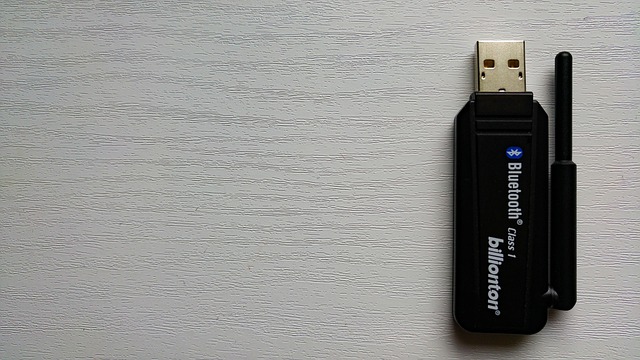
Exploring the Latest IT Innovations: A Complete Guide to Bluetooth Adapters
The Unsung Heroes of Seamless IT Connectivity
In the vast landscape of modern IT and informational technology, we often focus on the big players: powerful servers, high-speed networks, and sophisticated software. But sometimes, the most critical components enabling our connected world are the small, often overlooked pieces of hardware. The Bluetooth adapter is a perfect example – a tiny device that unlocks a universe of wireless possibilities, quietly powering countless interactions in our digital lives.
Think about it. How often do you connect a wireless mouse or keyboard? Stream audio to your headphones? Sync data with your phone? All of these everyday tasks, fundamental to efficient informational technology use, are made possible by Bluetooth technology, and often, by a humble Bluetooth adapter plugged into your computer.
What is a Bluetooth Adapter and Why Does it Matter in IT?
At its core, a Bluetooth adapter is a transceiver – a device that both sends and receives wireless signals – operating on the Bluetooth standard (IEEE 802.15.1). While many modern laptops and mobile devices have Bluetooth built-in, desktop computers or older machines often lack this capability. This is where the external or internal Bluetooth adapter comes in. It’s the bridge that allows these systems to participate in the Bluetooth ecosystem.
For IT professionals and enthusiasts, understanding these adapters is key. They are essential for managing peripherals, enabling wireless communication in various setups, and integrating devices into a local network or ecosystem without the clutter of cables. They represent a foundational piece of hardware that facilitates modern informational technology workflows.
Evolving with IT Innovation: Bluetooth Versions
Bluetooth isn’t static; it’s a technology that has continuously evolved, mirroring the rapid pace of IT innovation. Understanding the different versions is crucial when selecting an adapter:
- Bluetooth Classic (v1.0 – v3.0 + HS): The earlier versions focused on basic data transfer and audio streaming. HS (High Speed) in 3.0 leveraged Wi-Fi for faster data.
- Bluetooth Low Energy (LE) / Bluetooth Smart (v4.0 – v5.3+): Starting with version 4.0, LE introduced dramatically reduced power consumption, opening the door for the explosion of IoT devices, wearables, and longer-lasting peripherals. Subsequent versions (4.1, 4.2, 5.0, 5.1, 5.2, 5.3) brought improvements in range, speed, data capacity (LE Audio), mesh networking, direction finding, and connection reliability.
A modern Bluetooth 5.0 or 5.3 adapter, for instance, offers significant advantages over an older 4.0 unit, including greater range, faster speeds, and the ability to connect more devices simultaneously, all critical for complex IT environments.
Key Applications in Informational Technology
Bluetooth adapters are integral to numerous IT applications:
- Peripheral Connectivity: The most common use – connecting keyboards, mice, trackpads, and presenters wirelessly. Essential for productivity and ergonomics.
- Audio Streaming: Enabling wireless headphones, speakers, and microphones for communication and media consumption. Crucial for remote work and collaboration.
- Data Transfer: Sending files between computers, phones, and other devices over short distances (using protocols like OBEX).
- Networking (PANs): Creating Personal Area Networks to connect a small group of devices.
- IoT and Smart Devices: Connecting to fitness trackers, smart home sensors, and other low-power devices utilizing Bluetooth LE.
- Development and Testing: For developers working with Bluetooth-enabled applications or hardware.
Choosing the Right Adapter
When selecting a Bluetooth adapter for your IT needs, consider:
- Bluetooth Version: Opt for the latest version supported by your devices (ideally 5.0 or higher) for better performance and future compatibility.
- Range and Class: Class 2 is standard (~10m), while Class 1 offers much greater range (~100m), useful for larger spaces.
- Form Factor: USB dongles are common, but internal cards are also an option for desktops.
- Operating System Support: Ensure the adapter has robust driver support for your specific OS (Windows, macOS, Linux).
- Specific Profiles: Check if it supports the profiles you need (e.g., A2DP for audio, HFP for hands-free calls, GATT for BLE devices).
These small pieces of hardware are vital links in the chain of informational technology, quietly enabling the wireless freedom we rely on daily.



